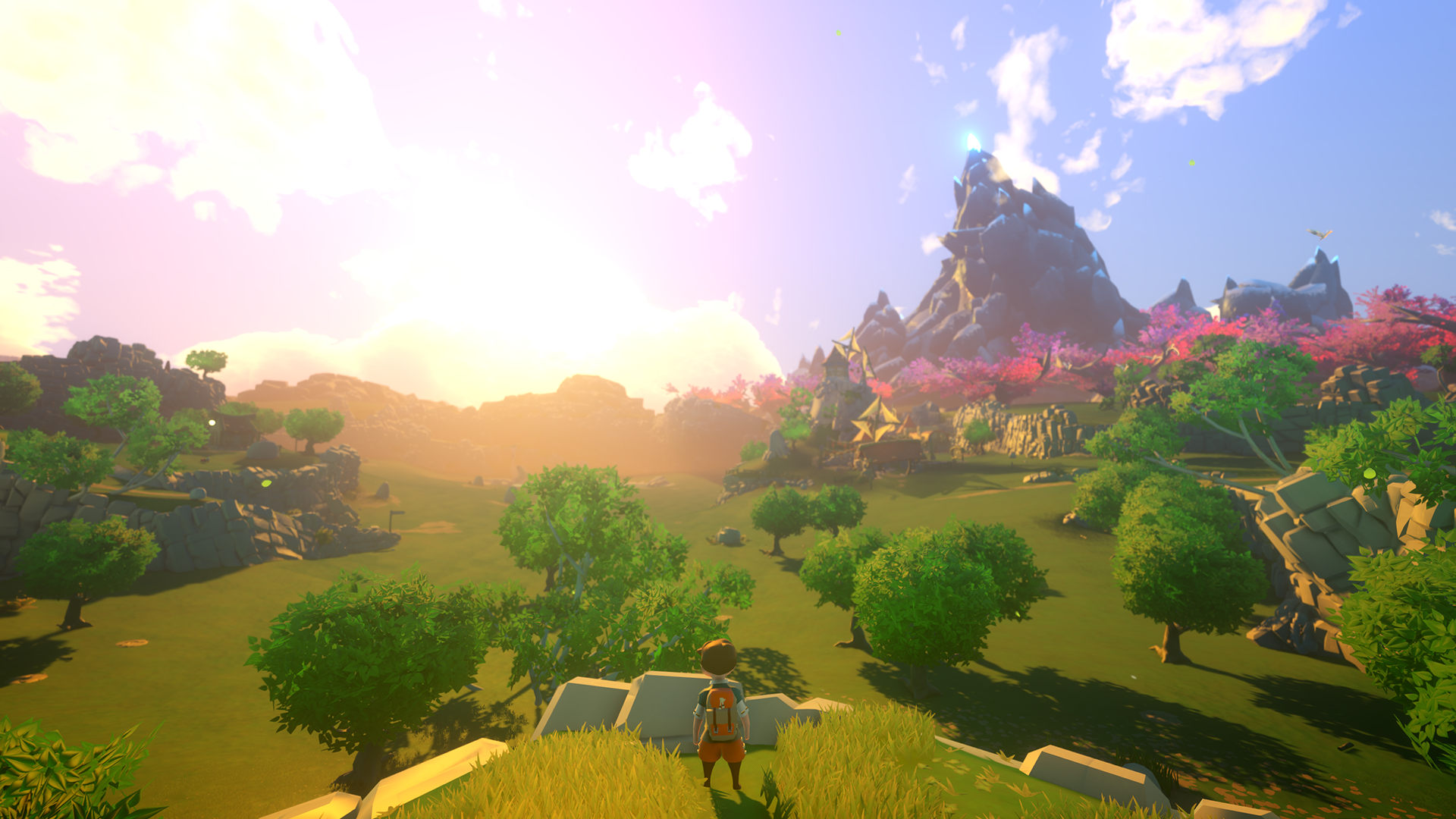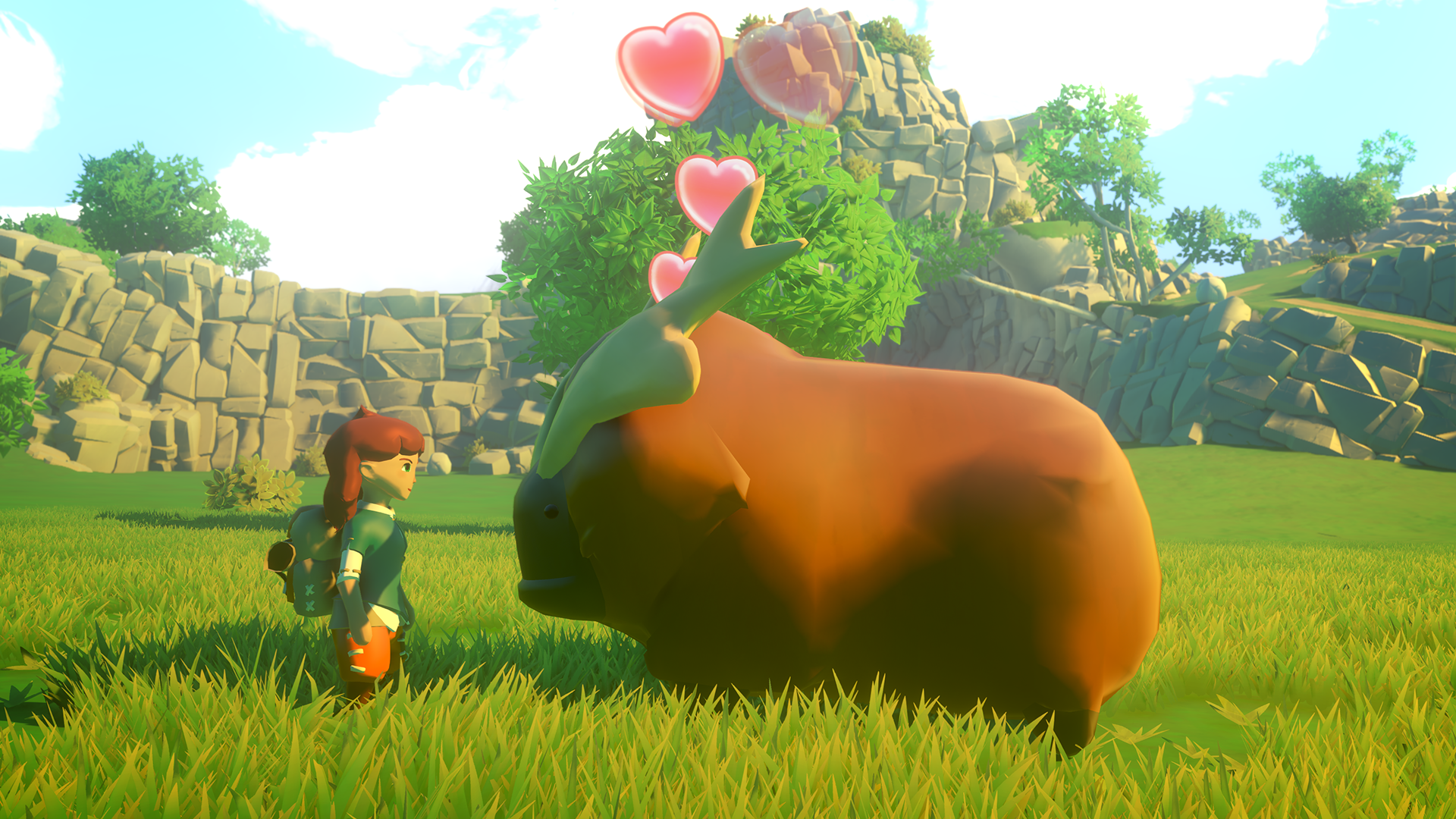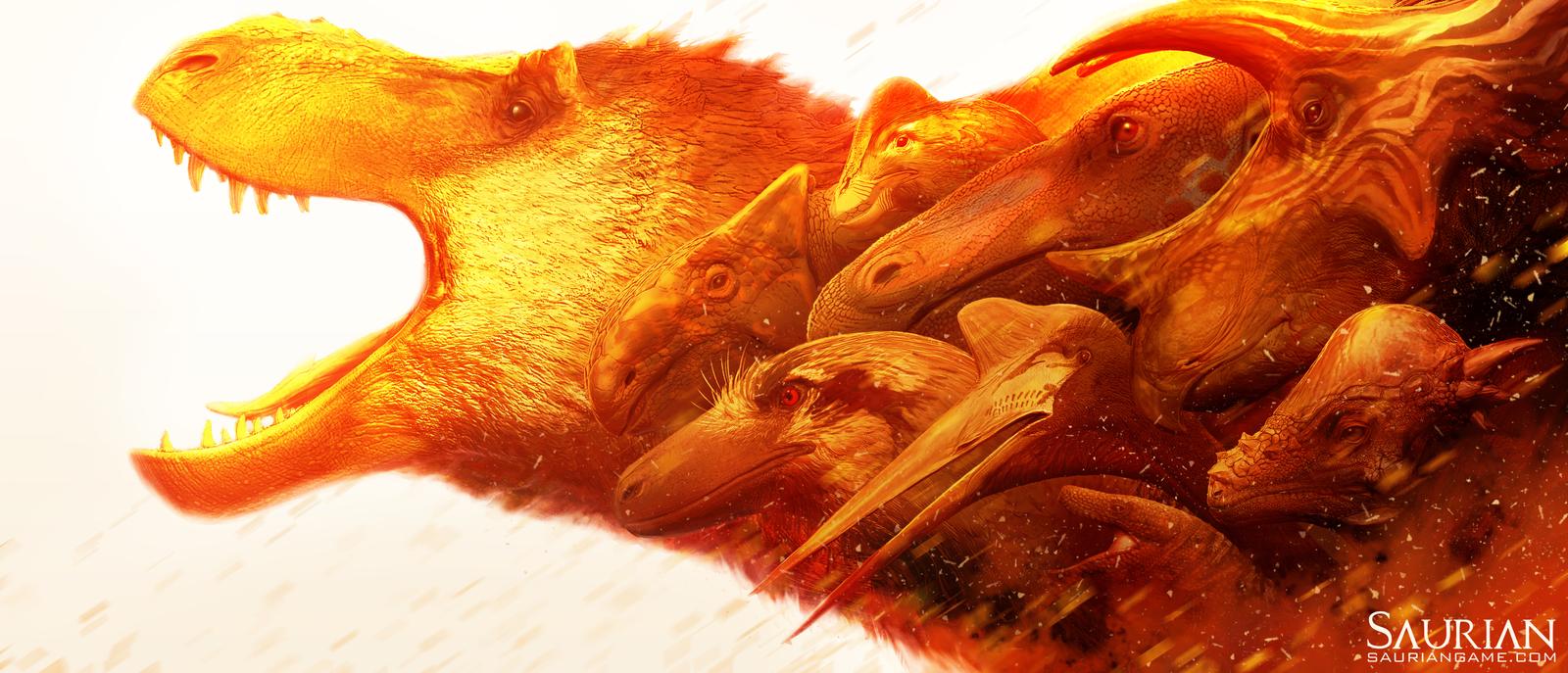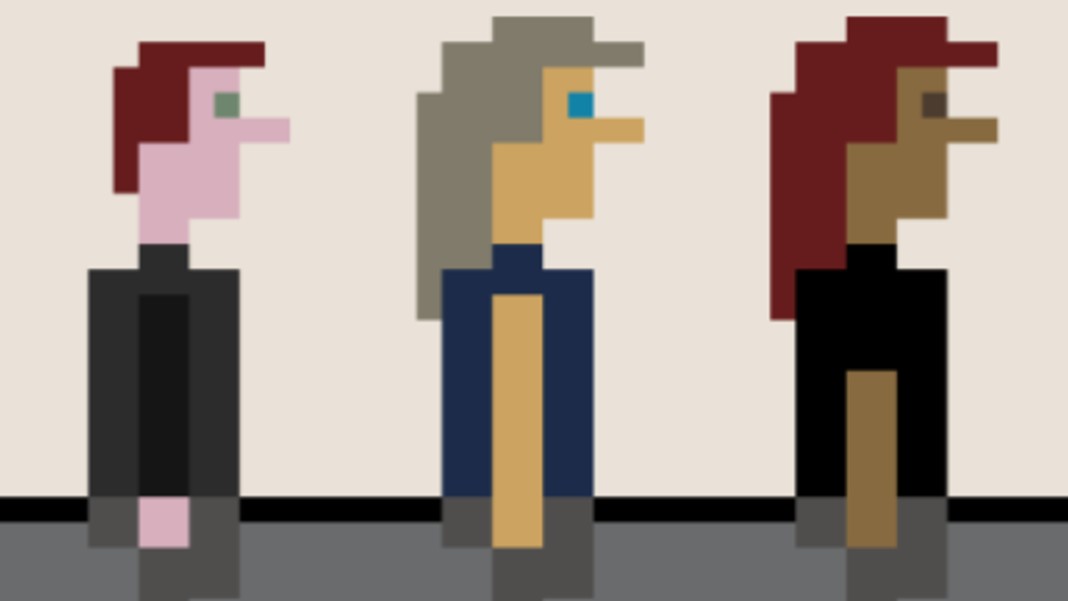Inspired by beloved titles like Harvest Moon, Bastion, Zelda, and the Elder Scrolls series, a handful of AAA industry vets founded Prideful Sloth Studios in 2015. They created this new studio for “the sole purpose of making beautiful worlds for you to explore, traverse and experience.” A mantra perfectly exemplified in their newest project, Yonder: The Cloud Catcher Chronicles.
The game begins in a cave. The player finds themselves shipwrecked on a mysterious island. Motivated by a befittingly vague dream, they seek out adorable sprites to rid the island of the mysterious pollution known as murk. Upon exiting the cave, players get their first awe-inspiring view of the game world. Gemea is an enormous island ripe for exploration and adventure. A peaceful place where nothing can kill or die.
What sets Yonder apart from other “pacifist” titles like Animal Crossing is its shear magnitude and density. At just under half the size of Fallout 4’s world, Gemea contains 9 radically different biomes. Each one complete with their own weather, flora, fauna and populace. The island has both a seasonal cycle and day/night cycle, which directly influences AI behavior.
Having to walk/run from place to place makes the enormity of the living world initially feel intimidating. Fortunately, in addition to random treasure chests scattered about, a major reward for exploring is the discovery of the Sage Stones. These allow for fast travel between the biomes.
There’s a lot to do in Gemea
For those who prefer a more guided experience, there is no shortage of side quests on the island. At any given time, I typically had between 15 and 20 active side quests. The game helps you keep them organized through a simple compass and pin map system. While Yonder lacks the option to create your own waypoints, this proves only a mild inconvenience.
In addition to gathering raw materials, players can also obtain resources and crafted items from vendors via an in-depth bartering system. Items have different values based on what region you’re in, forcing you to pay attention to get the best value.
There is no hunger or health meter in the game. Instead you craft items to influence the rest of the world. By combining sticks and vines, you can craft bundles of sticks. In turn, these are used to craft bigger items, or sold at a higher value than the raw materials themselves. More complex crafting recipes are obtained by joining specific groups, like the Carpenter’s Guild or the Tinkerer’s Guild. Many of which can be utilized on your customizable farm.
Like crafting, fishing, brewing, and cooking, the farming in Yonder can be heavily utilized, or completely ignored. After hiring a farm hand and constructing a few animal pens, you can claim some of the adorably cuddly wildlife found around Gemea by luring them to your farm via the animal’s favorite food. Then, just like the gardens and other contraptions you can build, they begin to yield valuable resources.
More games like Yonder should exist
Games tend to rely on a steady supply of violence and combat to stimulate feelings of excitement. In Yonder, the absence of danger makes it easier to focus on accomplishing the tasks at hand. Completing tasks through catching a fish, building a happy farm, or finding a lost treasure still deliver a rewarding experience, without any bloodshed.
Yonder isn’t just about what you do, it’s about where you do it. The island of Gemea is charming and gorgeous. It offers players a relaxing vacation, both from the real world and the tension and stress of most other games. If you desire a whimsically pleasant world in which to exist for awhile, you need to check out Yonder: The Cloud Catcher Chronicles, available now for PS4 and Steam.





